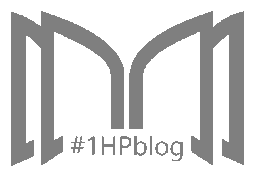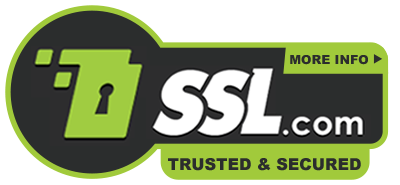Grammar Chaos: Dashing Dashes—Distinguishing the Differences
Posted on Apr 05, 2017
You’ve probably heard of the hyphen, the en dash, and the em dash, but do you know what they’re actually for?

The dash is probably one of the most versatile and most underrated punctuation marks in the English language. Not only does it provide technical support in terms of connecting ideas, but it also provides rhythm to an otherwise monotonous written piece.
A keen reader may observe that dashes come in various lengths. There are three types of dashes used in writing: the hyphen, the en dash, and the em dash. Once you figure out their differences and uses, you’ll be able to wield these punctuation marks like a writing pro.
The hyphen is the shortest of the dashes. It indicates breaks within words that are cut off at the end of the line. The hyphen is also the dash used when creating some compound words, such as mother-in-law, editor-in-chief, and the like.
The en dash is the “middle child,” so to speak. And with good reason. It is the mark used in between ranges, e.g., 1994–2017, May–October, 1,000–3,000.
Last but definitely not the least, the em dash is the longest dash and is used to indicate an interrupted thought or an interjection. In written dialogue, the em dash is also used to indicate interruption by an action. Here are several examples.
Interrupted thought:
“I’m coming with you.”
“Carmen—”
“Shut up.”
Interjection:
“In that place, there was an evil witch—I mean, person.”
Interruption by an action:
"Greg took a swig from the bottle of Jack. “I’m not an alcoholic”—he cleared his throat, which burned from the whiskey—“this is all recreational.”
There is also another lesser-known use of the em dash, which was popular back when typewriters were the primary word processor. The double em dash, which is four consecutive hyphens when typewritten, is used in quoting and transcription as a substitute for an unknown word.
"The old lady was distraught after the fire. “I barely escaped with my c——n [collection?],” she said.
In case you’re curious about why they’re called so differently, we did a little bit of extra digging. The word hyphen comes from the Greek roots hupo, meaning “under,” and hen, meaning “one.” When combined, huphen means “together.” The en dash and em dash are an entirely different story. In early printing, each character was a separate metal block which were rearranged to form words and sentences. The en dash is named so because its width is the same as the capital N, while the em dash has the same width as the capital M.
The evolution of printing, typesetting, and encoding has brought about different ways of using these punctuation marks. With old typewriters, the en dash was unavailable, and the em dash was made by typing two hyphens consecutively. Writers had to write an “n” above the hyphen to tell printers that they wanted an en dash. Now Microsoft Word has made this easier. The en dash is inserted when you type in the following sequence: word-space-hyphen-space-word. The em dash is inserted with the following sequence: word-space-hyphen-hyphen-word.
If you’re not using Microsoft Word, here are the keyboard shortcuts for the dashes on Windows and Mac OS.
Hyphen (-)
Windows: Dash key
Mac: Dash key
En-Dash (–)
Windows: Alt + 0150
Mac: Alt + Dash
Em-Dash (—)
Windows: Alt + 0151
Mac: Alt + Shift + Dash
Overall, dashes are easy enough to understand. Just remind yourself that there’s more than one of them! Here’s to dashing dashes—one of the most overlooked punctuation marks of the English language.
Want more Grammar Chaos? Watch out for more next week! Shoot us a message if you have questions.
Sources:
Disclaimer: Image is not ours. Credit to the owner.
About 1-Hour Proofreading
1-Hour Proofreading is a growing start-up offering fast and efficient editing services at a reasonable price with the assurance that the document is publication-ready the soonest you need it. Its team of highly competent professional editors is committed to helping those in need of quality editing services while facing tough deadlines.
Visit 1hourproofreading.com for more details.
Follow us:
Back to Grammary



